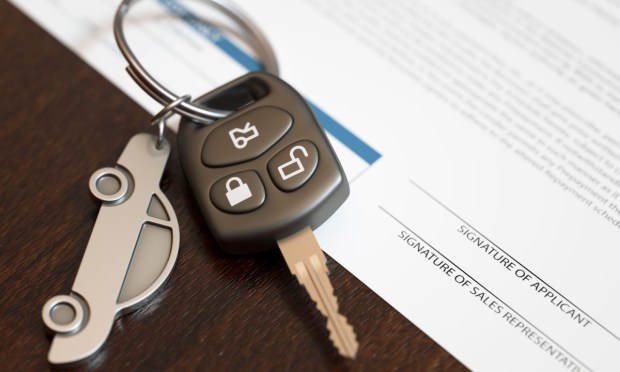55% of High-Debt Consumers Grapple With Auto Loans as Delinquencies Soar

Access to a car is crucial for many Americans, especially those living in areas with limited public transportation options.
However, the historically high prices of both new and used vehicles have made car ownership unattainable for many low-income workers. Interest rates for individuals with poor credit scores can be excessively high, making car ownership even more challenging.
The findings of a recent study conducted by PYMNTS Intelligence and Sezzle further emphasize the severity of the consumer debt crisis in the United States. The study reveals that one-third of U.S. consumers owe more than $250,000 in outstanding debt, primarily consisting of mortgages and auto loans.
Additionally, the average U.S. consumer owes 3.5 times their annual income in outstanding debt, with three in 10 consumers having overdue payments and an average of 14 late payments. Late fees cost American families approximately $12 billion annually. As noted in the report, 55% of high-debt consumers have auto loans, compared to 26% of low-debt consumers.
Generation X consumers bear the highest debt burden, owing an average of $248,000, representing 397% of their disposable income. This generation is particularly affected by the financial strain of mortgages and auto loans.
Subprime borrowers, who often bear the brunt of macroeconomic headwinds, are particularly vulnerable to these financial challenges and ultimately struggle to meet their financial obligations, including car payments.
These alarming statistics align with the surge in auto loan delinquency rates in the United States, which, per a recent PYMNTS report, has reached the highest level since 1994. As these payment delinquencies rise, the number of vehicle repossessions is expected to increase, with an estimated 1.5 million vehicles expected to be seized this year.
The surge in auto loan delinquency rates in the U.S., at levels not seen in 30 years, lays bare the profound financial struggles experienced by car owners. With more than one-third of U.S. consumers grappling with substantial debt, primarily composed of mortgages and auto loans, the implications for credit accessibility, livelihoods and purchasing power are substantial.
As interest rates continue to rise and inflation persists, it is incumbent upon policymakers to address these challenges and devise solutions to alleviate the financial burdens borne by consumers.

